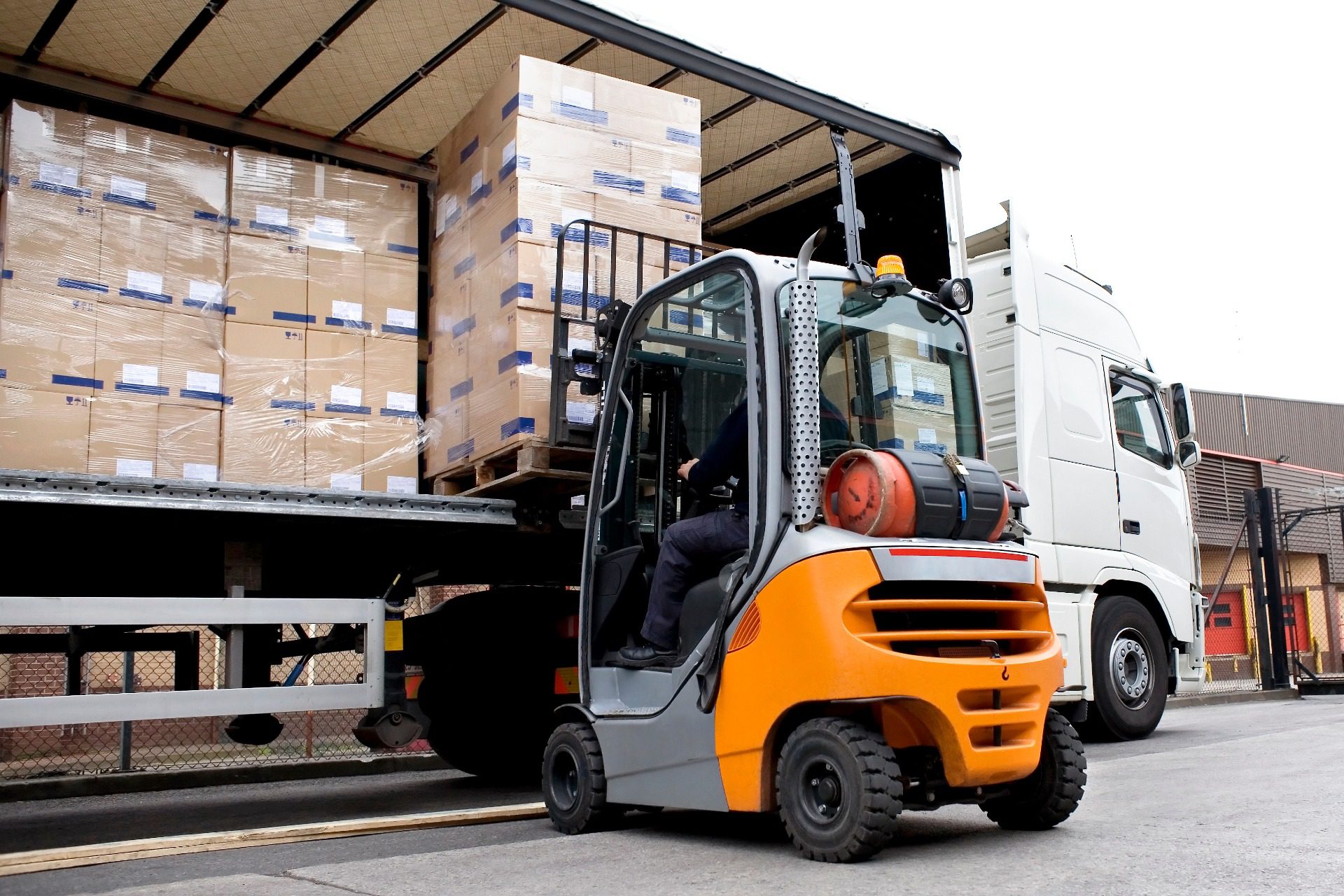When importing items into the United States, there are numerous shipping logistics that need to be considered to guarantee a successful delivery. International customs, taxes, and import duties all tremendously affect expected shipping costs. Practicing efficient shipping practices guarantees that you’re saving money in the long run and securing profit, with international shipments causing the most complications. US Customs and Border Patrol (CPB) has many laws and restrictions on imports, which is why there have been numerous efforts made to simplify the process. These efforts play a huge role in why businesses are now able to apply for Section 321.
Section 321 is a method of bypassing the taxes and duties typically required for international shipments for items of low value. When coordinating order fulfillment processes, there is a lot of profit to be gained in working Section 321 to the business’ advantage. Especially for ecommerce companies that ship a high quantity of smaller items, Section 321 can provide a lucrative and welcomed change. In this article we’ll discuss Section 321, as well as:
- What is Section 321?
- How Does Section 321 Work?
- How to Claim Section 321 For Shipments
- How Can Section 321 Benefit Your Business?
What is Section 321?
Section 321 is a portion of the Tariff Act of 1930 that allows businesses to have access to “the benefits of duty free imports for qualified imports.” These benefits include dodging custom fees, import taxes, and import duties in order to provide cost-effective solutions for businesses that frequently import goods. Section 321 can be claimed on low-value items imported to the US with a retail value lower than $800. Section 321 provides a cost-effective and speedy way of importing goods to the US in a manner that is streamlined and compliant with CBP laws and regulations. While there are many benefits to claiming Section 321, we’ll discuss later some of the limitations to consider before beginning the process.
How Does Section 321 Work?
Section 321 cannot be applied to all US imports, so understanding how Section 321 works is key to knowing if it could provide an avenue to maximizing profits. Products, goods, and services that are below the “de minimis” of $800 are eligible for Section 321, leading businesses to gain access to the benefits of exemption of the extensive customs process. Businesses provide CBP and shipping carriers with the details of the shipment in order to determine if the value is within the de minimis threshold and eligible for Section 321. Section 321 can lead to thousands gained in profit and countless time saved by avoiding these fees and time-consuming paperwork.
Section 321 Rules
Naturally, CBP’s Section 321 has limits and restrictions in place for certain imports in order to make sure goods arrive accurately. The three largest restrictions for making a claim for Section 321 include:
- US Rules and Regulations: While generally exemption of duties is provided for goods valued at less than $800. There are also specific goods that are restricted under the CBP. These include cigarettes, cigars, alcoholic beverages, harsh chemicals, products that require inspection, products under government regulation, and goods that fall under Countervailing or Anti-Dumping duties.
- 1 Shipment/Day Limit: Section 321 can provide a cost-effective solution to complicated shipping logistics, but if a business is making multiple shipments a day they wouldn’t be eligible for Section 321. Section 321 features a daily restriction of one shipment per company a day, with critical penalties in the case of careers or shipping services that attempt to process more.
- Chinese Imports: Chinese imports have unique duties and customs requirements for US-specific imports due to the ongoing economic conflict between the two countries. Increased tariffs drive importing costs skyward for many goods due to “Section 301” being implemented as a result of this trade war. Section 301 is luckily overridden by Section 321 if the items are within the de minimis threshold of $800.
How to Claim Section 321 For Shipments
Claiming section 321 on a shipment is a simple process as long as the business is confident in the amount of imports they are expecting and makes sure to accurately file a claim with CBP. Now that we’ve covered what Section 321 is, let’s ask the question of how someone goes about claiming 321 for their business’ imports.
As we’ve covered, items that fall within the minimis threshold of $800 are allowed to enter the US duty-free without formal entry for expedited customs clearance. Some shipments are prone to requiring an eManifest, which is information importers provide freight information to customs electronically prior to the delivery. If the import requires an eManifest, there are steps to take to inform CBP of a requested Section 321. These steps include:
- Select “Section 321” On Your Manifest
- Specify the amount of goods
- Include all details (Shipper, point of origin, value, consignee)
- Submit eManifest to Customs and Border Patrol (CPB)
After an eManifest has been successfully submitted it’s time to ensure that all imports are shipped under all administrative guidelines to avoid unsuspecting fees or penalties, such as verifying that the carrier doesn’t attempt to make multiple Section 321 deliveries in a day and properly identifying the contents of the import. When shipping logistics are well-coordinated and all members of the supply chain sufficiently communicative with one another, the more successful a Section 321 can become.
How Can Section 321 Benefit Your Business?
Depending on the company, Section 321 can provide an avenue toward business expansion and save money within the importing process. Especially for smaller businesses that are still looking to scale and maximize their profits, being able to optimize shipping processes and find cost-effective solutions when importing can be a game changer. Section 321 should be strongly considered by business owners that wish to:
- Save Money – There isn’t a business in the world that doesn’t have an interest in saving money on shipping costs. Section 321 gets rid of a substantial amount of taxes and fees and allowing products to be imported will be an additional way to preserve any profits gained.
- Competitive Advantage – Proving quick shipping to customers while saving money at the same time provides a competitive advantage for businesses that haven’t optimized their import processes. This is why many businesses will contract the help of a reputable 3PL service such as ShipCalm to ensure that importing is coordinated efficiently and goods are imported successfully.
ShipCalm Can Help with Importing Using Section 321
Customs clearance and proper importing practices can be an involved process, but by taking advantage of the CBP’s specific laws such as Section 321 business can experience the savings boost they need to see long term growth. ShipCalm can help you set up an effective Section 321 strategy in coordination with Asia or by utilizing our US fulfillment operations based in Mexico. With our extensive knowledge of shipping logistics, custom requirements, and order fulfillment we ensure that businesses’ shipping practices are as efficient as they can be. ShipCalm can answer any concerns you may have surrounding Section 321 or clearance delays and can provide more information about how a 3PL service can help streamline business operations across the entire supply chain. Contact us to get a custom price today!




